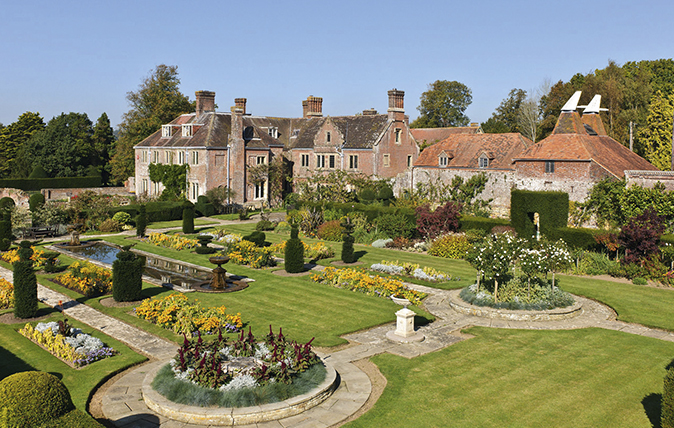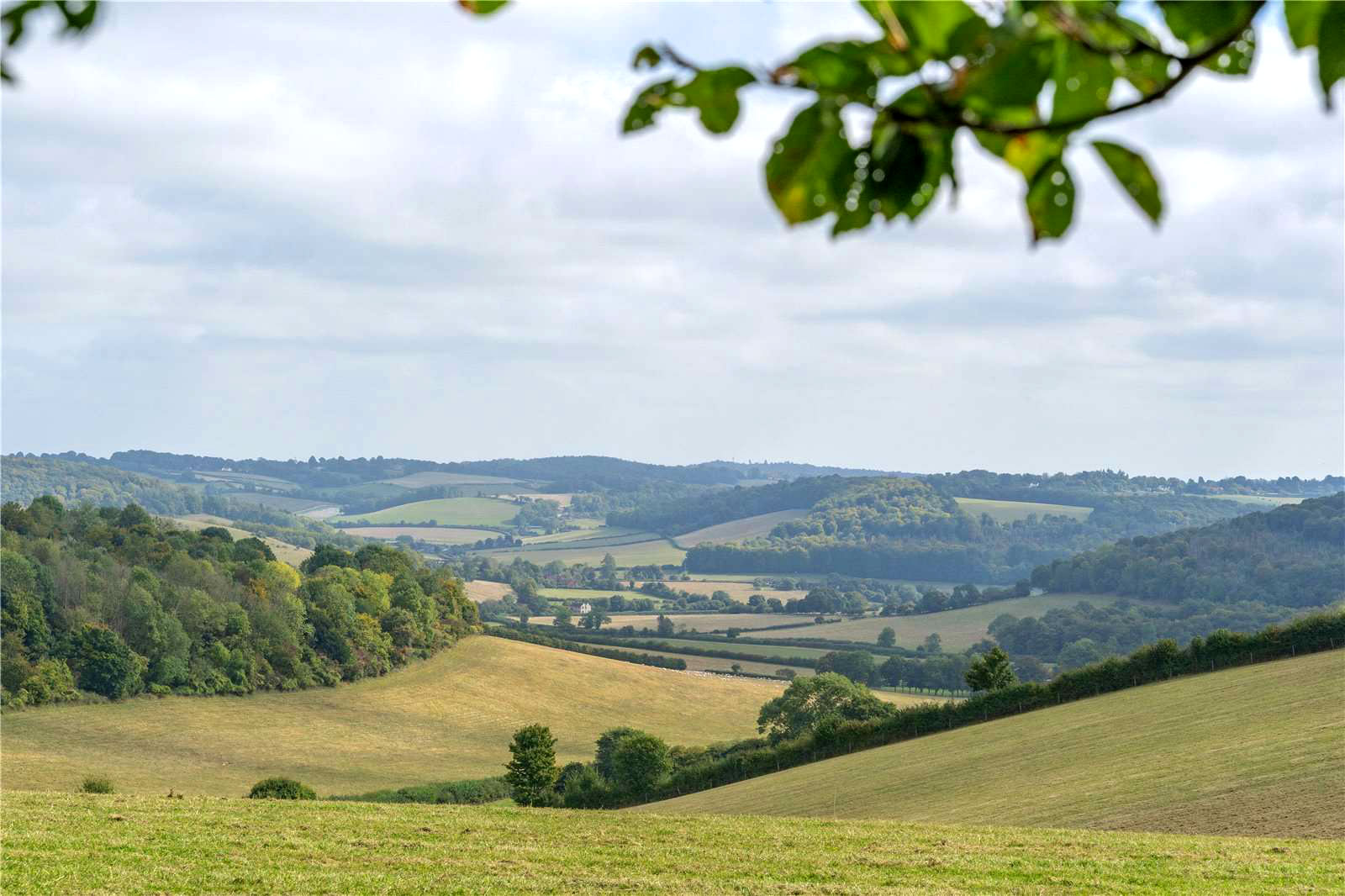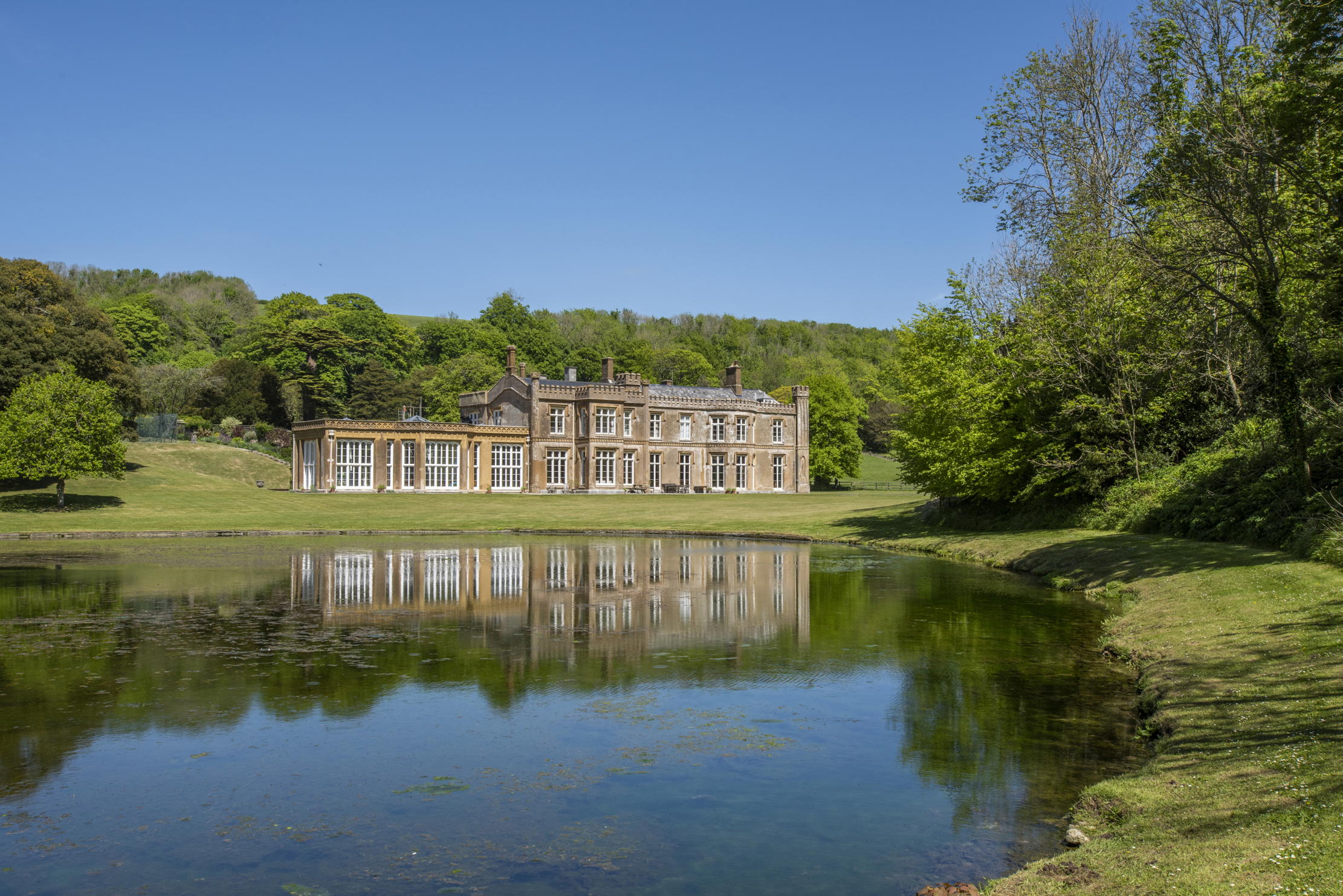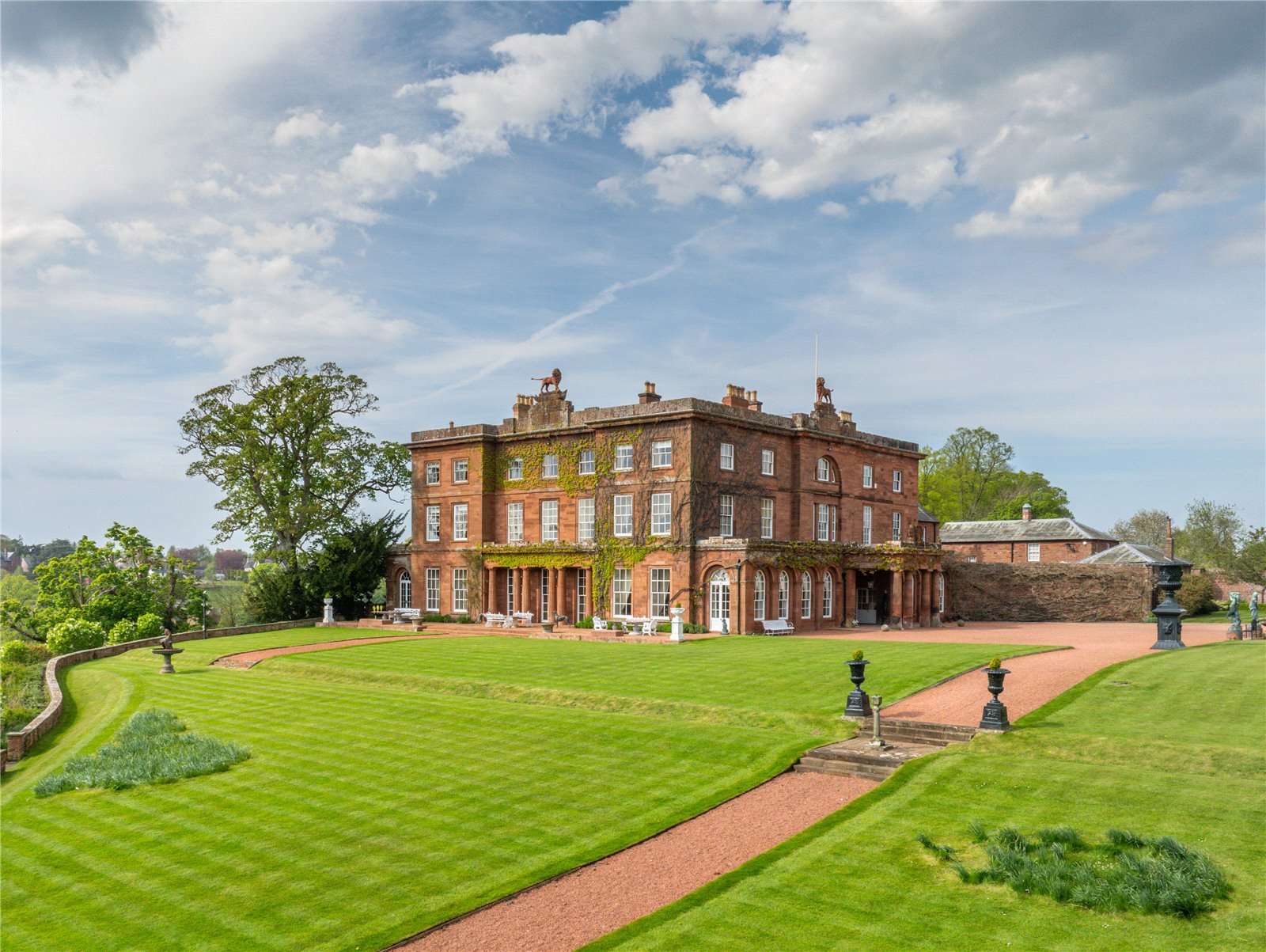The country estate market: who are the buyers?
They are few in number and largely far beyond the pocket of most country-house buyers, but, with a clutch of interesting estates coming to the market this autumn, who will be the likely buyers?


The perfect country estate for a modern gentleman looking in 2016 would lie within two hours’ drive from the west of London—the most sought-after area being the arc from the M1 to the M3—and it should have long views free from any development blights, 1,000 acres of mixed farm and amenity land and a beautiful period and ideally not too large Georgian house in reasonably good condition.
It doesn’t end there. For a real ‘gold standard’ estate, access to a high- quality market town is ‘imperative’, believes Mark Lawson, head of rural estates for The Buying Solution (07721 894347). ‘Areas such as Chipping Norton, Stow-on-the-Wold, Hungerford, Marlborough, Alresford and Winchester are always popular.’ Furthermore, the main house must be free of footpaths and bridleways, the land needs a few hundred acres of mature woodland for sport as well as to add interest to the view, there should be a river with good-quality fishing and ‘enough cottages for staff but not too many to be a burden,’ he adds.
It will come as no surprise that gems such as these are few and far between and, when they do appear on the market, they can command many millions. Property Vision’s Philip Harvey (07799 133650) says the buying agency bought two such estates in 2015 with price tags of £15 million and above. ‘Given the paucity of supply, that was a very good year for us.’
Although, at these price levels, a cynic might assume that those in the market would largely be made up of international buyers, the truth is, rather reassuringly, quite the opposite. ‘It’s a largely domestic market,’ asserts Charlie Wells of Prime Purchase (07500 818272). ‘Yes, we’re currently seeing interest from Middle Eastern, American and a few Russian buyers, but, in our experience, the buyer would typically be a very successful Englishman with a young family,’ says Mark.
‘They can be very young,’ agrees Philip, whose clients have typically sold their businesses or had what he calls an ‘income event’ in their late thirties and want to put some of that money into a country estate. ‘Equally, we’ve seen neighbouring estates come forward to buy for their children. These days, among those who can afford it, primogeniture no longer predominates in succession planning and, if a family has two children, they want to buy for the second child.’
Sport is a further motivating force behind the estate buyers, but it’s not just about having fun in the field, believes Charlie. ‘Shooting is the number-one hobby that a rich man takes up, but, whatever the back- ground, one of the spin-offs that all shooting people love is the conservation aspect that comes with managing the land. You can plant woods, leave field margins, reinstate ponds and improve habitat and this all creates a great feel-good factor.’
One of the shifts that has been observed among buyers these days is that the estate has to, says Philip, ‘make sense’. Following a general trend that pervades the country- house market at every level, all buyers are looking at the cost of upkeep and factoring in the potential cost of maintenance work before stepping forward to bid.
Sign up for the Country Life Newsletter
Exquisite houses, the beauty of Nature, and how to get the most from your life, straight to your inbox.
He continues: ‘They’re exceptionally savvy. Some estates on the market today look great value. There’s a really big house, a few hundred acres and an asking price of “only” £8 million, when a modern box set in only a few acres just down the road is selling for £6 million. However, with a little digging, you might discover that the 20,000sq ft house requires quite a lot of restoration work at between £200 and £250 per sq ft; then, there might be a concern about village development creeping in and you have to ask if will it be worth £15 million once you’re finished?’
Energetic moves
Average estate performance improved for the second year in a row after a period of weak annual growth in the preceding five years, according to Savills’ 2016 Estate Benchmarking Survey. A shift away from agriculture towards commercial or residential activities and renewable energy has helped the improved performance.
‘Most estates have other income sources such as woodland, shooting, and in-house functions which have given estates steady income growth in contrast to single farm enterprises where exposure to price, exchange rates and weather volatility has caused significant swings in incomes,’ says the report.
-
 Burberry, Jess Wheeler and The Courtauld: London Craft Week 2025 explained
Burberry, Jess Wheeler and The Courtauld: London Craft Week 2025 explainedWith more than 400 exhibits and events dotted around the capital, and everything from dollshouse's to tutu making, there is something for everyone at the festival, which runs from May 12-18.
By Lotte Brundle Published
-
 Everything you need to know about private jet travel and 10 rules to fly by
Everything you need to know about private jet travel and 10 rules to fly byDespite the monetary and environmental cost, the UK can now claim to be the private jet capital of Europe.
By Simon Mills Published
-
 A fairytale castle peeking above the treetops of Cumbria is for sale at just £2 million
A fairytale castle peeking above the treetops of Cumbria is for sale at just £2 millionAugill Castle has a wonderful backstory and a lifestyle business attached. .Annunciata Elwes tells more.
By Annunciata Elwes Published
-
 A £21 million castle that's come up for sale for the first time in 700 years
A £21 million castle that's come up for sale for the first time in 700 yearsRipley Castle in North Yorkshire has been the family home of the Ingilbys since the early 1300s. It's steeped in history, has a list of famous visitors over the centuries that include James I and Oliver Cromwell, and is now on the open market. Annabel Dixon takes a look.
By Annabel Dixon Published
-
 Spectacular Scottish castles and estates for sale, starting from under £700k
Spectacular Scottish castles and estates for sale, starting from under £700kA look at the finest castles, country houses and estates for sale in Scotland today.
By Country Life Published
-
 A true once-in-a-lifetime chance as 554 acres of blissful English countryside come up for sale in a location just 45 miles from central London
A true once-in-a-lifetime chance as 554 acres of blissful English countryside come up for sale in a location just 45 miles from central LondonPenny Churchill looks at the Southend Estate, where hundreds of acres of space are on the market just a stone's throw from the capital.
By Penny Churchill Published
-
 The Scottish house of your dreams has come up for sale beside a loch in the heart of the Highlands
The Scottish house of your dreams has come up for sale beside a loch in the heart of the HighlandsLairg Lodge is a glorious Highland retreat in a spectacular location. Penny Churchill takes a look.
By Penny Churchill Published
-
 The £30 million Dorset estate that comes with a 200-year-old mansion, a cricket ground, a nature reserve and an entire village
The £30 million Dorset estate that comes with a 200-year-old mansion, a cricket ground, a nature reserve and an entire villageThe Bridehead Estate in Dorset has come up for sale — and it's quite an astonishing opportunity. Penny Churchill takes a look.
By Penny Churchill Published
-
 3,000 pristine acres of Loch Lomond National Park, where red squirrels roam spectacular woodland, have come up for sale
3,000 pristine acres of Loch Lomond National Park, where red squirrels roam spectacular woodland, have come up for saleThe magnificent Cashel Estate has come to the market, a true Scottish paradise.
By Toby Keel Published
-
 'One of Britain's greatest estates', complete with castle, river and 711 acres, is up for sale for the first time in a generation
'One of Britain's greatest estates', complete with castle, river and 711 acres, is up for sale for the first time in a generationCorby Castle in Cumbria is a true rarity: a Grade I-listed masterpiece that is on the market for the first time in a generation. Penny Churchill takes a look.
By Penny Churchill Published
